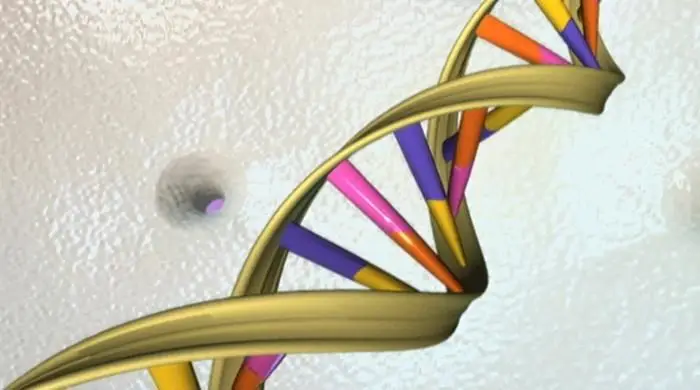A four-year-old Pakistani girl with severe thalassemia has been cured using a Chinese-developed gene-editing drug, marking the first reported case of this treatment being used on a foreign child, according to China Daily. The treatment took place at the Children’s Hospital of Fudan University in Shanghai.
The girl, called Aiza, had depended on constant blood transfusions to survive. After receiving the therapy earlier this year, her health improved greatly, freeing her from transfusions and allowing her to live a normal life. A small celebration was held on Tuesday to mark her recovery.
Aiza’s parents brought her to Shanghai in January for an experimental therapy known as CS-101, a base-editing drug created to treat severe beta-thalassemia. The treatment is part of clinical research launched in 2023, led by Professor Zhai Xiaowen in partnership with CorrectSequence Therapeutics, a biotech company based in Shanghai.
So far, four patients — including Aiza — have been treated with CS-101, and doctors report positive safety and effectiveness results.
“With the dedicated care of our medical team, her haemoglobin level has gone above 100 grams per litre, which means she no longer needs blood transfusions,” said Dr Qian Xiaowen, who oversaw her treatment. “The whole process went smoothly.”
Doctors explained that children with severe thalassemia usually need monthly transfusions for life and can suffer life-threatening problems if untreated.
Aiza’s father, Muhammad Adeel, a 40-year-old physicist and former postdoctoral researcher in Hong Kong, expressed thanks to the hospital staff, offering flowers and a thank-you card. He said the family received both excellent medical care and emotional support during the journey.
While working in Hong Kong, Adeel had searched for a permanent cure. In April last year, he read online that CS-101 was helping other children and contacted the company to arrange treatment for his daughter.
As part of the procedure, doctors collected Aiza’s own stem cells, applied CS-101 to precisely edit the faulty genes, and then returned the modified cells to her body. These changes reactivated key proteins and restored her haemoglobin function. As a result, her haemoglobin rose to healthy levels, and she no longer needs transfusions.
During the ceremony, Aiza received gifts and well wishes for her future. CorrectSequence Therapeutics also gave her a card saying: “Wish your life be filled with prosperities and happiness. Your smile and love shall enlighten more lives in the world.”
Thalassemia is a genetic blood disorder common in the Mediterranean Basin, Middle East, Africa, Southeast Asia, and southern China.
“This achievement will speed up the use of China’s home-grown gene-editing technology in clinics,” said Professor Zhai, also vice-president of the hospital. “It offers hope of a one-time cure for patients worldwide with this disease.”
Zhai added that the hospital and CorrectSequence Therapeutics are also studying how this technology could treat other genetic metabolic disorders in children.
